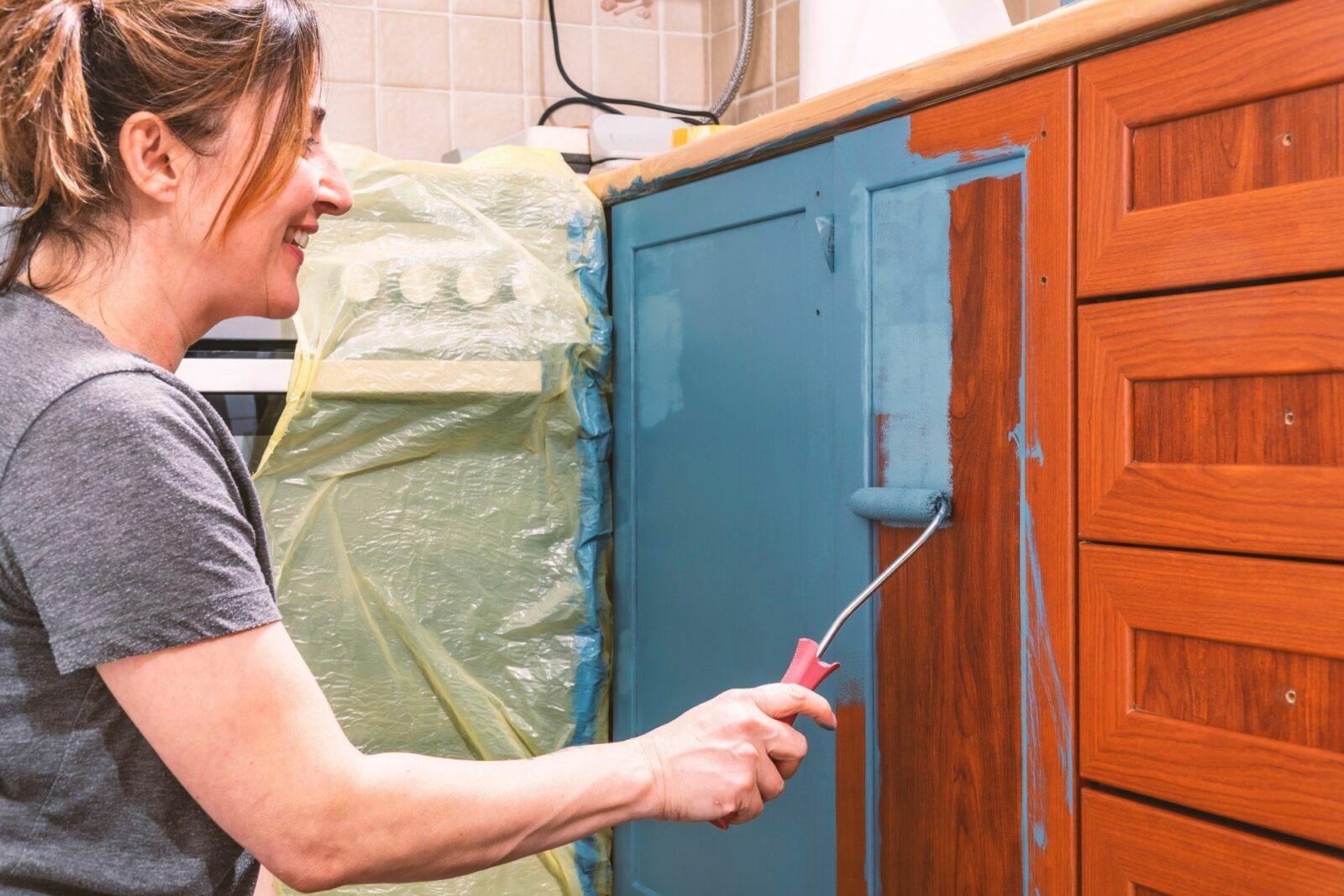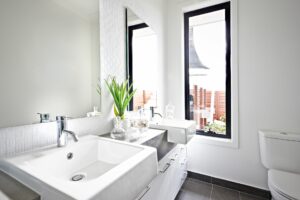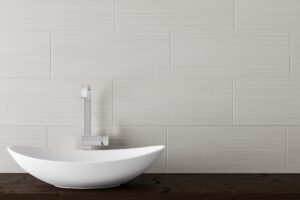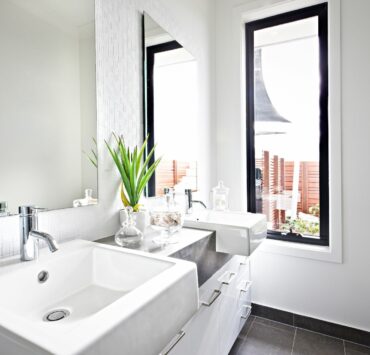Tips for Painting Kitchen Cabinets
No matter how beautiful or functional a kitchen cabinet is, it has to be durable above everything else. It goes through a lot of stress during its usage, and you wouldn’t want a cabinet that’s the belle of the ball but barely lasts six months. The obvious solution is going for a trusted brand and buying their best product according to your budget.
But what if you could paint an old cabinet by yourself, making it as good as new? To be honest, even though painting appears to be a fairly easy job, there are a lot of things that can go wrong if you do not have any experience.
If you are a rookie to DIY, we are here to help you get the ideal paint for your kitchen cabinets and teach you the best way to paint the cabinet yourself.
Tools You’ll Need
To paint a cabinet, you will need:
- A Sanding Block: Used to ensure you maintain a flat surface and also to grit sandpaper.
- Primer: A primer is nothing but an undercoat you put on materials before painting to ensure better adhesion between the paint and the surface. You have the option of choosing between oil-based or water-based primer, though water-based primers work better for a kitchen.
- Paint: Of course you’ll need paint for painting. We assume you already have your eyes set on a shade you like if you’ve made it so far…just make sure that it doesn’t feel out of place against the rest of your kitchen.
- Paint Roller/Sprayer: The tool you’ll use to apply the paint. Rollers are the traditional choice. But if you go with a spray, you will also need to use a respirator mask while painting.
Priming Cabinets Before Painting
Priming is the same as painting when it comes to the action. The major question here is how to choose a primer. Water–based primers work best with a matte finish cabinet, whereas shellac-based primers provide you a glossy finish. You can choose either, and apply one or two coats —just make sure the first coat is completely dry before applying the second.
The Painting Process
Here are the rules you need to adhere to while painting:
- Make sure the area and the brush are dust-free throughout the process.
- In the case of spray paint, make sure the edges are covered properly because you will surely color outside the lines with a spraying can.
- Test the paint on a scrap before jumping in, to make sure you like the consistency and the look in your home.
- If you have never used a sprayer before, practice first!
- The number of coats will depend upon the finish you desire. Three coats will give you a robust and shiny finish; however, two coats are enough more often than not.
- Make sure each coat dries completely before applying a new one.
After the Painting
Once you are done, you need to let the paint ‘cure’. While drying takes just a few hours, curing can take up to weeks. Curing lets the paint harden over time, making it more durable. It’s best to avoid touching or poking the kitchen cabinet for a couple of weeks right after the painting. Below are some factors which determine the time required for curing:
- The thickness of the paint or the number of coats applied.
- Type of paint.
- Surface material.
- Color of the paint.
- The ambient temperature/humidity.
There is no clear chart you can look up for curing times. Generally, water-based/latex paints can take up to four weeks to cure perfectly, whereas oil-based paints are faster to cure. Darker colors tend to take longer to cure as well, generally speaking.
But to know for sure, you have to check! To check whether the paint is cured, dig a fingernail into the surface. If it doesn’t leave an indent, you are finally done!
Some Additional Tips
- Label all the doors and hardware before you take them apart for painting. This will help you immensely during the reassembly.
- Water-based paints work best for kitchens as they are really easy to clean.
- Unless you have a cabinet made of raw wood, sand the surface before applying primer. This ensures you have a smooth surface ready to be primed and painted.



